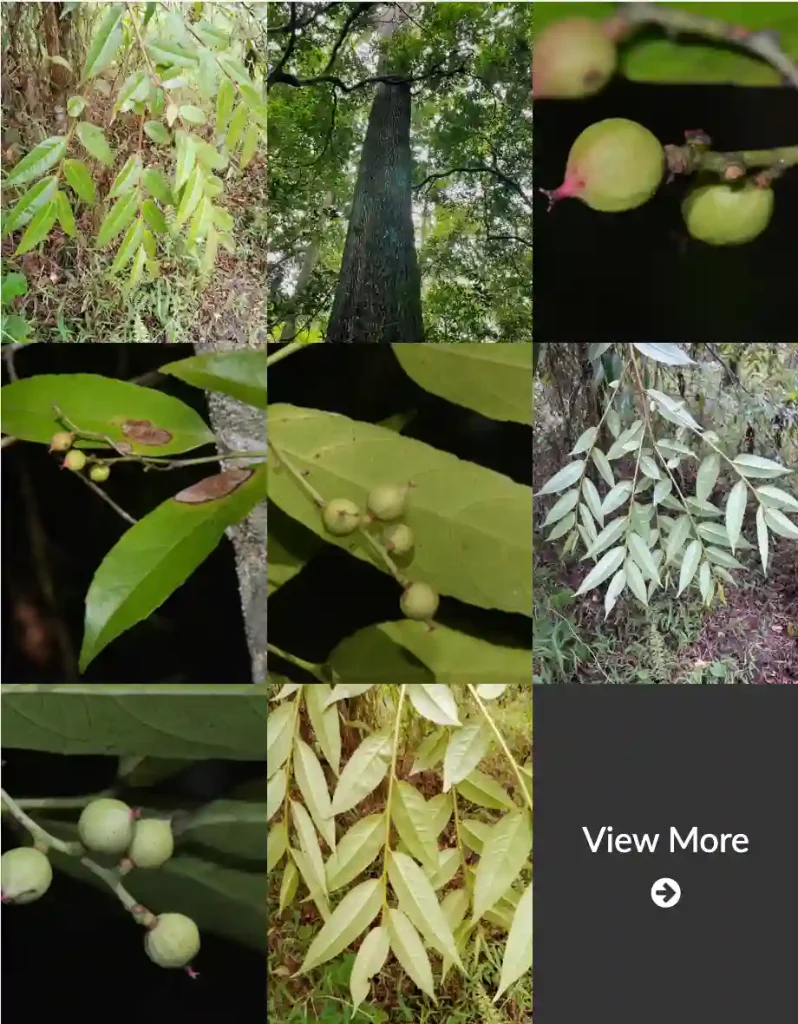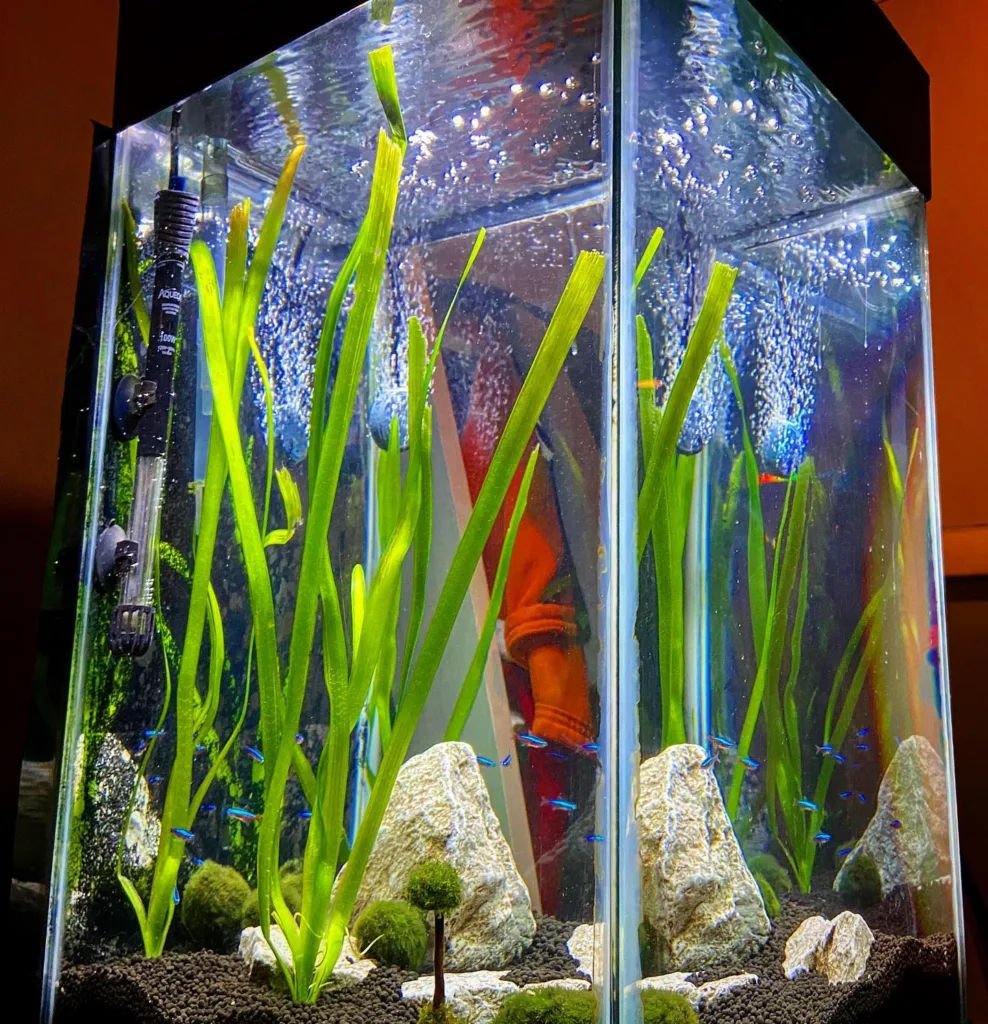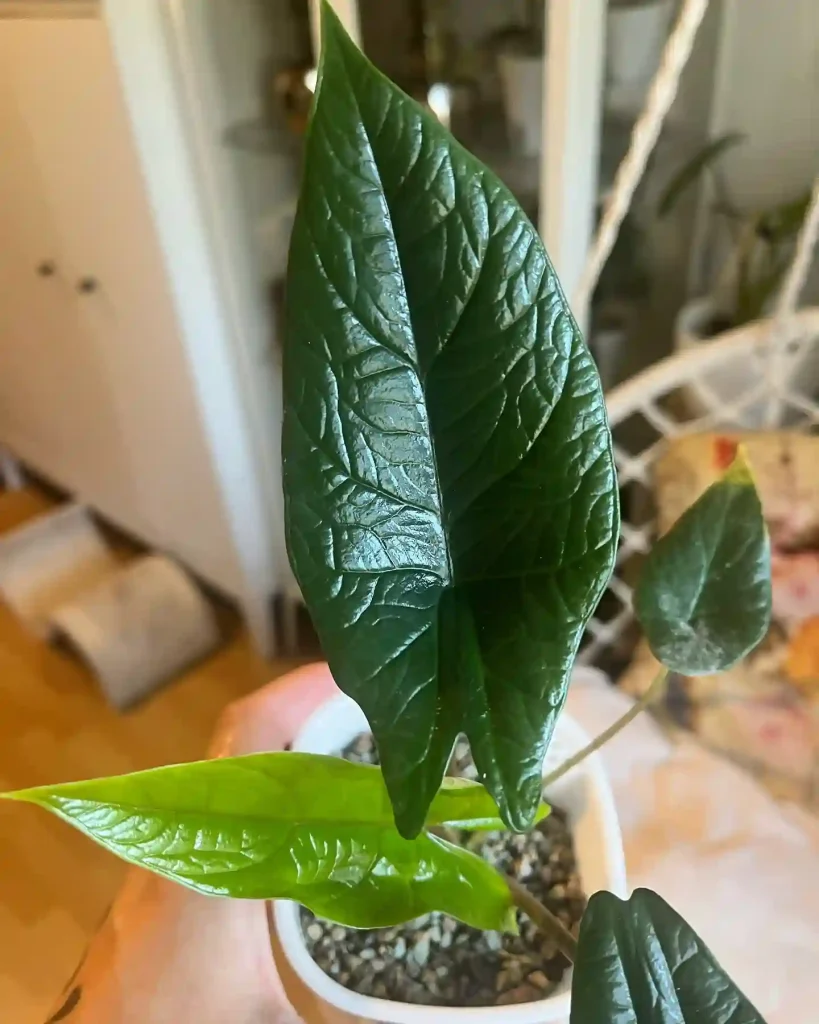My Fascination with the Typha Genus
As a botanist, I’ve always been drawn to the unique beauty and resilience of wetland plants. Among my favorites is the Typha genus, more commonly known as cattails or bulrushes. These robust plants, with their characteristic brown, cigar-shaped flower spikes, have captivated me since my early days exploring the marshes and ponds near my childhood home.
There’s something undeniably striking about a stand of cattails swaying in the breeze, their slender leaves whispering secrets to the wind. They are a testament to nature’s adaptability, thriving in environments that many other plants would find inhospitable.
A Closer Look at Typha
The Typha genus belongs to the Typhaceae family and comprises around 30 species distributed across the globe, primarily in temperate and tropical regions. These herbaceous perennials are masters of survival, colonizing a variety of wetland habitats, from marshes and fens to the edges of lakes and ponds.
One of the most distinctive features of Typha species is their long, linear leaves, which can reach impressive lengths, sometimes exceeding three meters. These leaves are not just aesthetically pleasing; they play a crucial role in the plant’s survival. Their unique structure, with internal air channels, allows for efficient gas exchange, even in waterlogged soils.
But perhaps the most iconic feature of Typha is the inflorescence, a dense, cylindrical spike consisting of thousands of tiny flowers. This spike is divided into two distinct sections: the upper, male portion, which produces pollen, and the lower, female portion, which develops into the characteristic brown, cigar-shaped structure we often associate with cattails.
Typha Species: A Diverse Group
The Typha genus boasts a remarkable diversity of species, each adapted to specific environmental conditions. Here are:
- Typha albida Riedl
- Typha alekseevii Mavrodiev
- Typha androssovii Krasnova
- Typha angustifolia L.
- Typha × argoviensis Hausskn. ex Asch. & Graebn.
- Typha azerbaijanensis Hamdi & Assadi
- Typha × bavarica Graebn.
- Typha biarmica Krasnova
- Typha capensis (Rohrb.) N.E.Br.
- Typha changbaiensis M.Jiang Wu & Y.T.Zhao
- Typha davidiana (Kronf.) Hand.-Mazz.
- Typha domingensis Pers.
- Typha elephantina Roxb.
- Typha ephemeroida Krasnova
- Typha × gezei Rothm.
- Typha × glauca Godr.
- Typha grossheimii Pobed.
- Typha incana Kapit. & Dyukina
- Typha joannis Mavrodiev
- Typha kalatensis Assadi & Hamdi
- Typha kamelinii Krasnova
- Typha komarovii Krasnova
- Typha kozlovii Krasnova
- Typha latifolia L.
- Typha laxmannii Lepech.
- Typha lepechinii Mavrodiev & Kapit.
- Typha lugdunensis P.Chabert
- Typha minima Funck
- Typha orientalis C.Presl
- Typha paludosa Krasnova
- Typha × provincialis A.Camus
- Typha przewalskii Skvortsov
- Typha sakhalinica Krasnova & Efremov
- Typha shuttleworthii W.D.J.Koch & Sond.
- Typha sinantropica Krasnova
- Typha sistanica De Marco & Dinelli
- Typha × smirnovii Mavrodiev
- Typha × soligorskiensis D.Dubovik
- Typha subulata Crespo & Pérez-Mor.
- Typha × suwensis T.Shimizu
- Typha tichomirovii Mavrodiev
- Typha turcomanica Pobed.
- Typha tzvelevii Mavrodiev
- Typha valentinii Mavrodiev
- Typha varsobica Krasnova
- Typha × volgensis Krasnova
- Typha yakutii Krasnova & Chemeris
The Importance of Typha
Beyond their aesthetic appeal, Typha species play a vital role in wetland ecosystems. Their dense stands provide habitat and food for a wide range of wildlife, including birds, mammals, and insects. The leaves and stems offer shelter for nesting birds and small mammals, while the rhizomes and seeds are a valuable food source for many creatures.
Typha plants also contribute to the health of wetland ecosystems by filtering pollutants and excess nutrients from the water. Their extensive root systems help to stabilize shorelines and prevent erosion.
My Continued Exploration of Typha
My fascination with Typha continues to this day. I am constantly amazed by the adaptability and resilience of these plants, their ability to thrive in challenging environments, and their crucial role in supporting wetland biodiversity.
In my ongoing research, I am exploring the potential uses of Typha for phytoremediation, the use of plants to clean up contaminated environments. I am also investigating the traditional uses of Typha by indigenous communities, who have long recognized the value of these plants for food, medicine, and building materials.
The Typha genus is a testament to the ingenuity of nature, a reminder of the intricate connections that bind all living things. As I continue my journey of discovery, I am filled with a sense of wonder and gratitude for the opportunity to study these remarkable plants.
If i die, water my plants!



